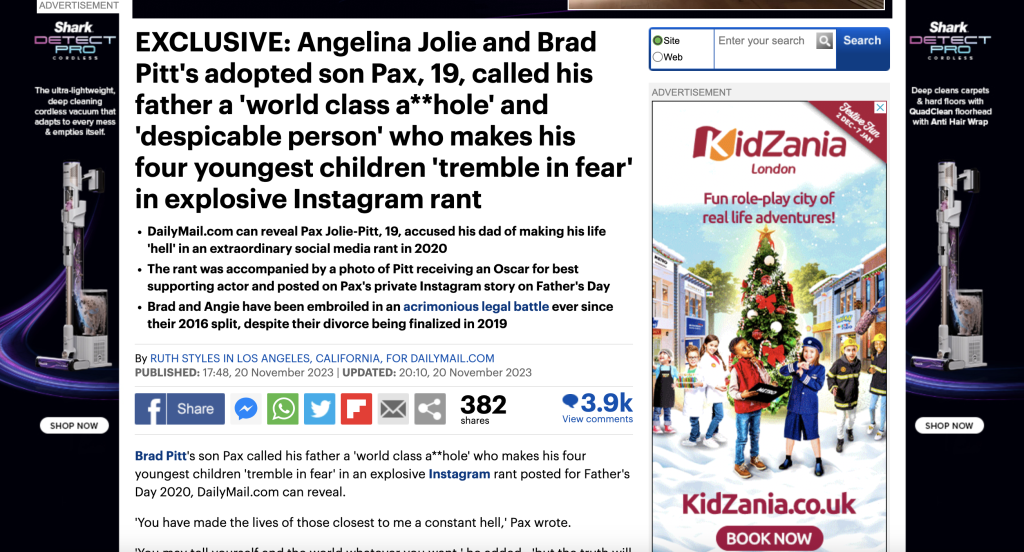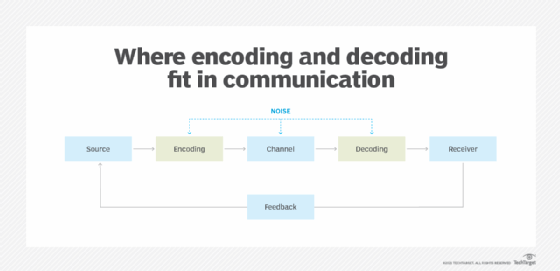The theory of encoding and decoding proposed by Stuart Hall describes the process of flow and reception of information symbols sent by the communicator and reaching the receiver through the communication channel (Hall, 2007). In this process, the process in which the communicator converts the information into a message suitable for dissemination and spreads it out is called encoding, while the process in which the recipient receives the information transmitted by the communicator and figures out the meaning contained in it is called decoding.
This is the same situation when applied to news dissemination. The first stage is the encoding stage, where the news media organize the information to create the meaning of the news story. The second stage is the finished product stage, when the news story is organized, the meaning given to the story becomes the main object of decoding by the audience. Finally, there is the decoding stage, where the audience interprets the meaning of the news story. But there are a few points to note.1 The transmission of information must be in the form of some symbol in circulation in order to be more understandable.2 Creating a news story means that a subjective opinion will be given to the information and it will be difficult to avoid tendencies. However, it is a selective process that expresses the public opinion that the news media wish to promote.

This is the first story the Daily Mail put on its front page, a story the Daily Mail posted by paraphrasing Pax Jolie-Pitt’s INS comments about his adoptive father, Brad Pitt. The Daily Mail promotes reading by encoding Pax Jolie-Pitt’s explosive comments and presenting readers with a controversial topic. It is important to understand that the Daily Mail’s model of journalism is more like a tabloid newspaper, so the topic of this story is very biased, leading readers to comment on the story in order to achieve the desired decoding result.
Since mass communication is not a one-way communication but a two-way interactive process. Encoding is only the first part of the process, and the decoding activity of the receiver should also be taken into account. When there is no unity between encoding and decoding, the message will be interpreted in different ways by different readers. The different responses of readers lead to the three hypothetical positions proposed by Hall: 1 Dominant Decoding 2 Oppositional Decoding 3 Negotiated Decoding.
1 Dominant Decoding. This is the most desirable form of communication for news communicators, where the audience decodes within the confines of the dominant rune code and interprets the message exactly as it was set up to be interpreted.
2 Oppositional Decoding. The receiver will decode the message without interpreting the meaning of what the message refers to in the way it was set up. In this case, the receiver will consciously and subjectively avoid being manipulated, i.e., contrary to the content of the news report.
3 Negotiated Decoding. Within this situation, there are elements of compatibility and elements of confrontation. The compatibility factor allows the message to continue to spread, while the antagonism factor allows the receiver to have his or her own subjective thinking.
ReferenceпЉЪ
Hall, S., 2007. Encoding and decoding in the television discourse. In CCCS selected working papers (pp. 402-414). Routledge.


Your blog tells us how news media and people understand messages differently. The Daily Mail is a good example and explained the three ways of decoding messages: dominant, oppositional, and negotiated. I think your blog is clear and useful, but it could have more details and evidence to back up your points.
What makes the Daily Mail a good example is that it is a tabloid. It will be more biased towards what people think and lead through the words so that it can have an impact on its audience. And this process is what coding is all about.
Your elucidation of Stuart Hall’s encoding and decoding theory provides a clear understanding of the intricate dynamics in news dissemination. Applying these concepts to the Daily Mail’s story exemplifies the nuances of journalistic encoding and the potential bias in framing narratives. Your emphasis on the interactive nature of mass communication, where decoding plays a crucial role, is vital. The delineation of three hypothetical decoding positions adds depth to the discussion, offering a nuanced perspective on how audiences interpret information. Your constructive tone encourages critical reflection on the complexities of communication, urging readers to consider the interplay between encoding and decoding for a more nuanced understanding of news narratives.